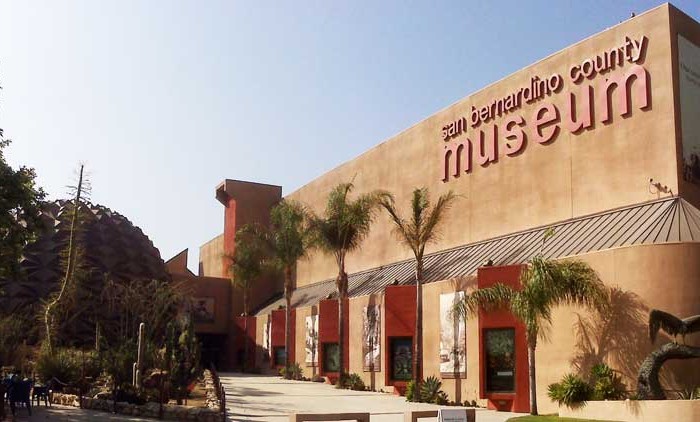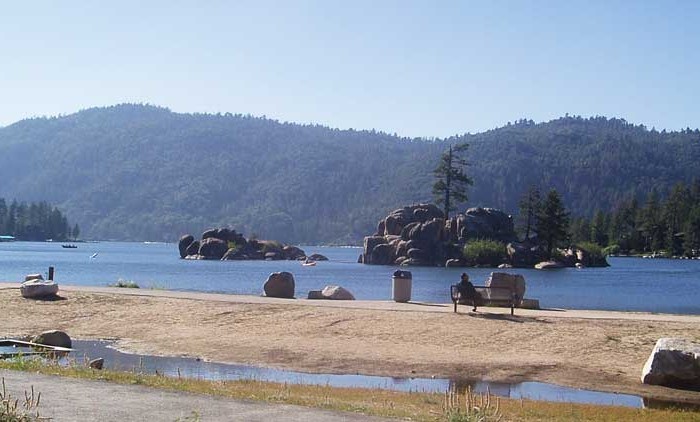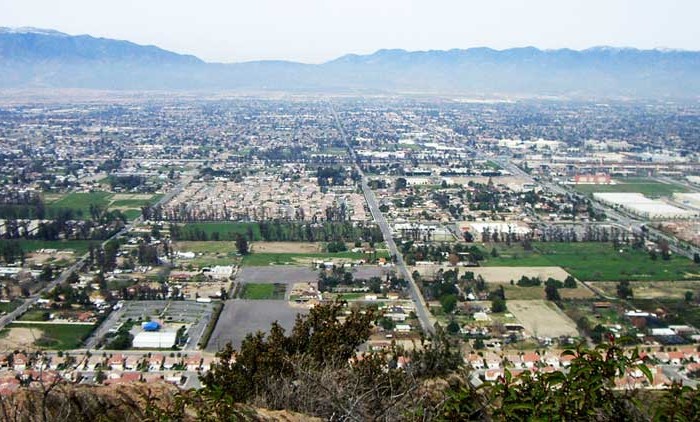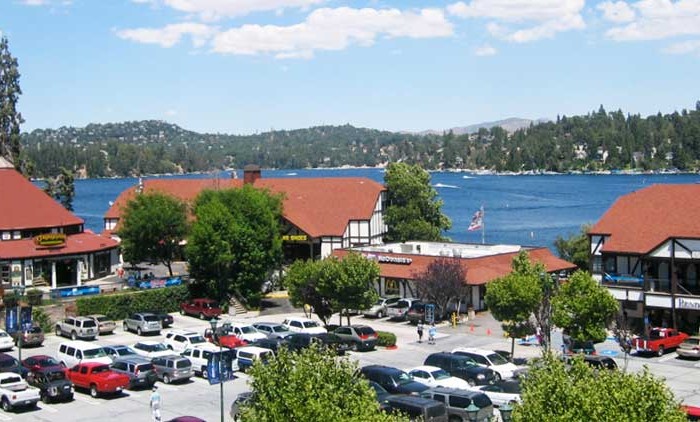Homes, condos and land for sale and rent in Ontario, CA
The city is home to the Ontario International Airport, which is the 15th busiest airport in the United States by cargo carried. Ontario handles the mass of freight traffic between the ports of Los Angeles and Long Beach and the rest of the country. It is also the home of Ontario Mills and former home of the Ontario Motor Speedway.
It takes its name from the Ontario Model Colony development established in 1882 by the Canadian engineer George Chaffey and his brothers William Chaffey and Charles Chaffey. They named the settlement after their home province of Ontario.
Ontario has over two centuries of Hispanic residents, starting from the Californio period of Spanish colonial and Mexican rule in the 1840s. However, the first wave of Mexican settlers was in the 1880s brought as workers in the railroad industry (see traquero) and another wave from the Mexican Revolution of the 1910s. Mexican Americans resided in the city’s poorer central side facing State Route 60 and Chino.
According to the United States Census Bureau, the city has a total area of 50.0 square miles (129 km2). Of that, 49.9 square miles (129 km2) is land and 0.1 square miles (0.26 km2) is water. The total area is 0.13% water.
The Census reported that 163,166 people (99.5% of the population) lived in households, 411 (0.3%) lived in non-institutionalized group quarters, and 347 (0.2%) were institutionalized.
There were 44,931 households, out of which 23,076 (51.4%) had children under the age of 18 living in them, 23,789 (52.9%) were opposite-sex married couples living together, 7,916 (17.6%) had a female householder with no husband present, 3,890 (8.7%) had a male householder with no wife present. There were 3,470 (7.7%) unmarried opposite-sex partnerships, and 384 (0.9%) same-sex married couples or partnerships. 6,741 households (15.0%) were made up of individuals and 2,101 (4.7%) had someone living alone who was 65 years of age or older. The average household size was 3.63. There were 35,595 families (79.2% of all households); the average family size was 3.98.
The population was spread out with 49,443 people (30.2%) under the age of 18, 19,296 people (11.8%) aged 18 to 24, 49,428 people (30.2%) aged 25 to 44, 34,703 people (21.2%) aged 45 to 64, and 11,054 people (6.7%) who were 65 years of age or older. The median age was 29.9 years. For every 100 females there were 99.0 males. For every 100 females age 18 and over, there were 96.8 males.
There were 47,449 housing units at an average density of 948.9 per square mile (366.4/km²), of which 24,832 (55.3%) were owner-occupied, and 20,099 (44.7%) were occupied by renters. The homeowner vacancy rate was 2.0%; the rental vacancy rate was 5.8%. 90,864 people (55.4% of the population) lived in owner-occupied housing units and 72,302 people (44.1%) lived in rental housing units.
During 2009–2013, Ontario had a median household income of $54,249, with 18.1% of the population living below the federal poverty line.
A major pre-war industry was the city’s General Electric plant that produced clothing irons. During and after World War II, Ontario experienced a housing boom common to many suburbs. The expansion of the Southern California defense industry attracted many settlers to the city. Today, Ontario still has a manufacturing industry, the most notable of which are Maglite, which produces flashlights there. However, manufacturing has waned, and today Ontario’s economy is dominated by service industries and warehousing. Major distribution centers are operated by companies such as AutoZone, Cardinal Health, MBM, Genuine Parts/NAPA, and Nordstrom.
Ontario is also home to The Icee Company, clothing companies Famous Stars and Straps and Shiekh Shoes, and to Phoenix Motorcars, who employs over 150 employees in Ontario.
Other cities in San Bernardino County
San Bernardino Real Estate for sale and rent
Homes, condos and land for sale and rent in San Bernardino, CA San Bernardino is a city located in the Riverside-San Bernardino metropolitan area (sometimes called the "Inland Empire"). It serves as the county seat [...]
Big Bear Lake Real Estate for sale and rent
Homes, condos and land for sale and rent in Big Bear, CA Big Bear Lake is a small city in San Bernardino County, California, located in the San Bernardino Mountains along the south shore of [...]
Fontana Real Estate for sale and rent
Homes, condos and land for sale and rent in Fontana, CA Fontana is a city of 203,003 residents in San Bernardino County, California. Founded by Azariel Blanchard Miller in 1913, it remained essentially rural until [...]




